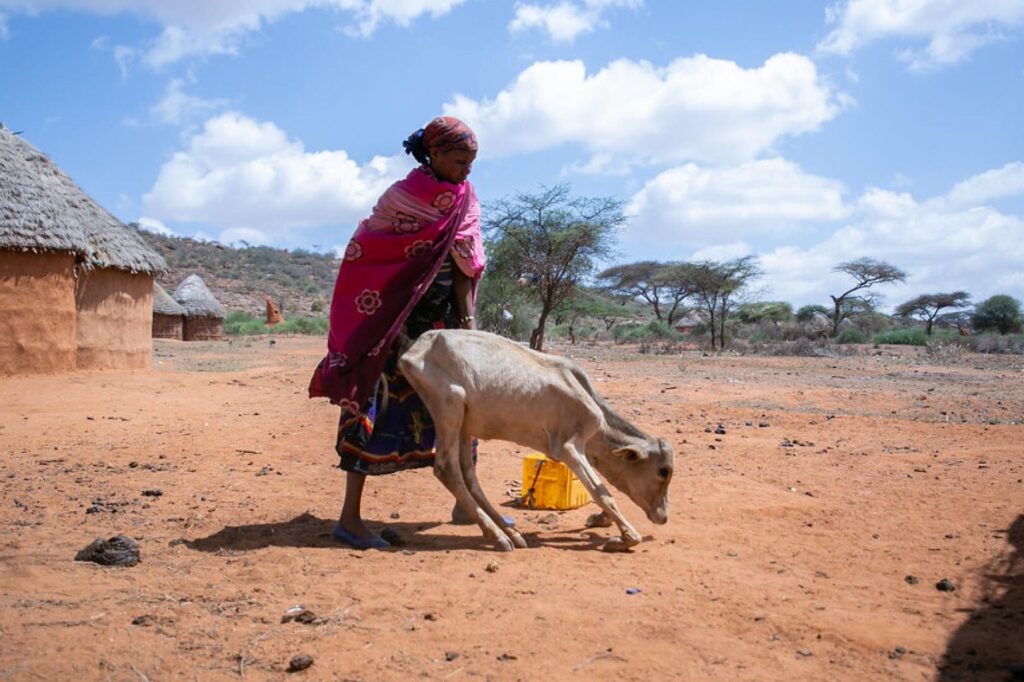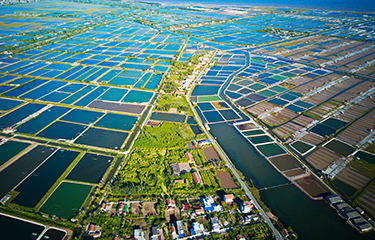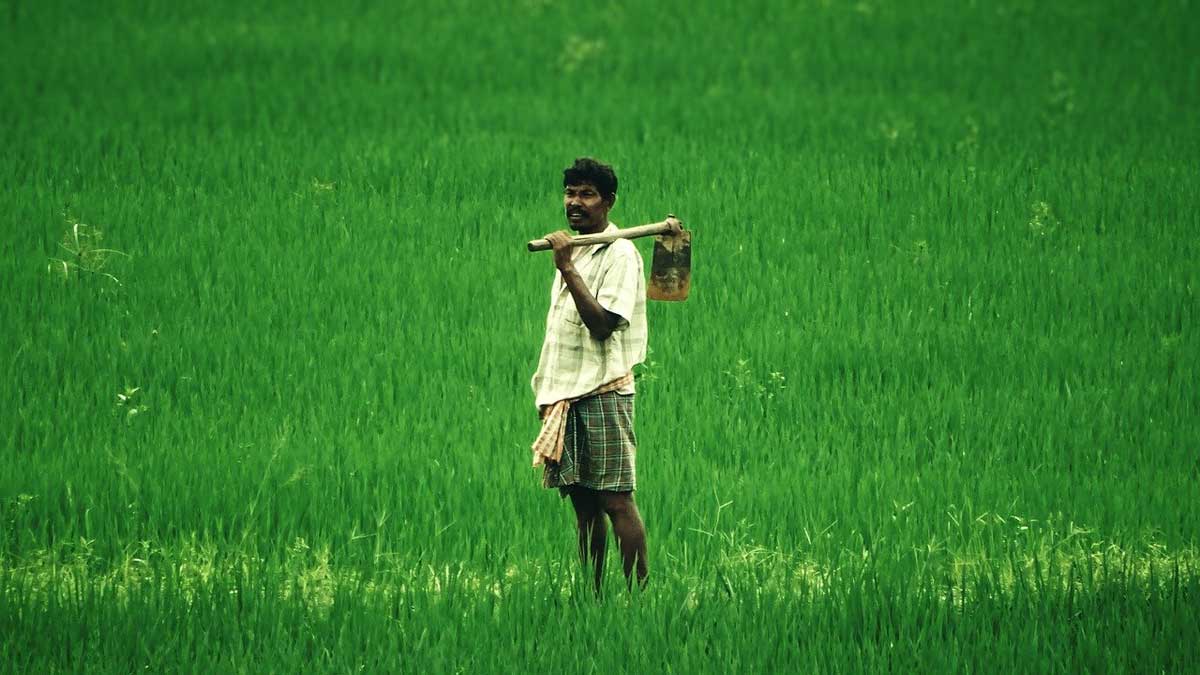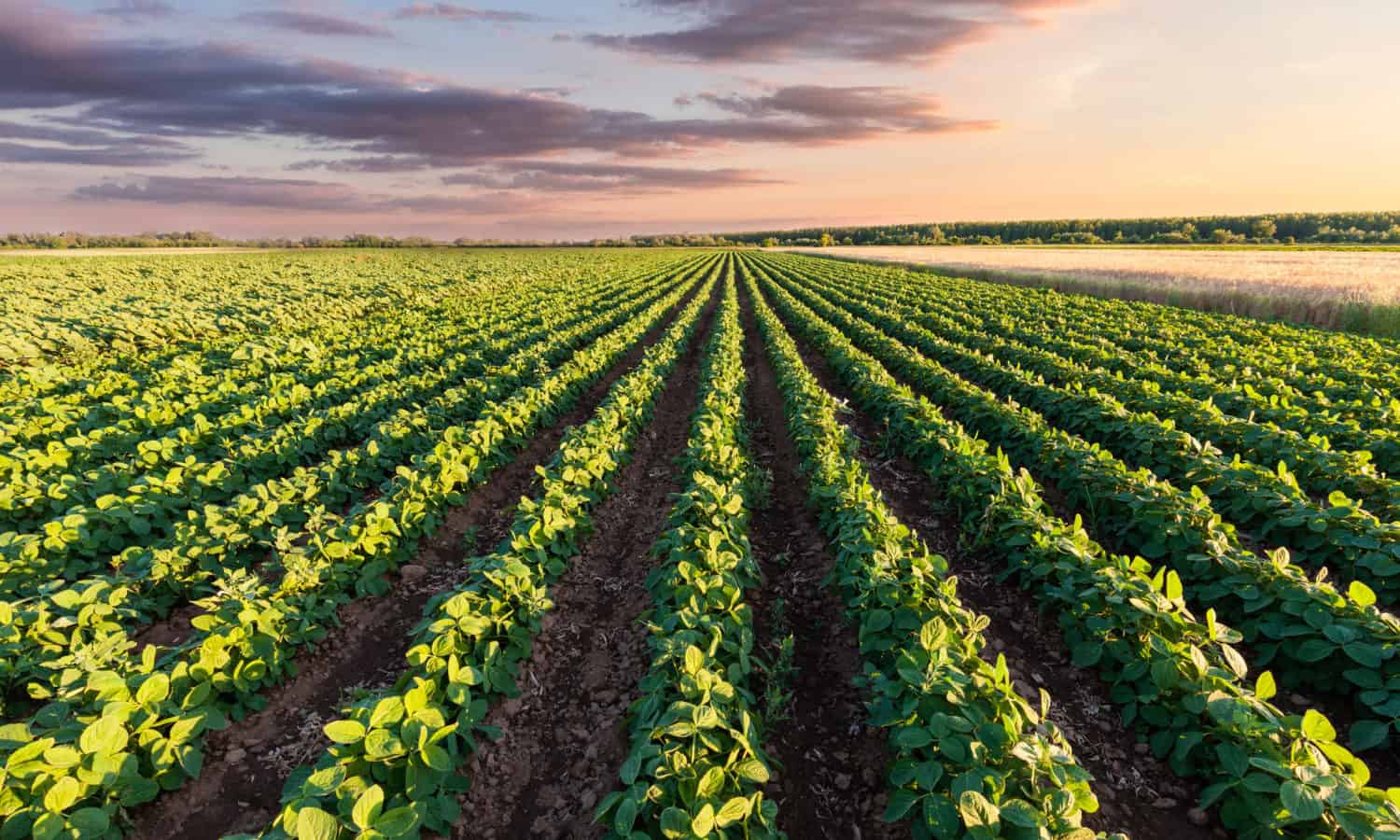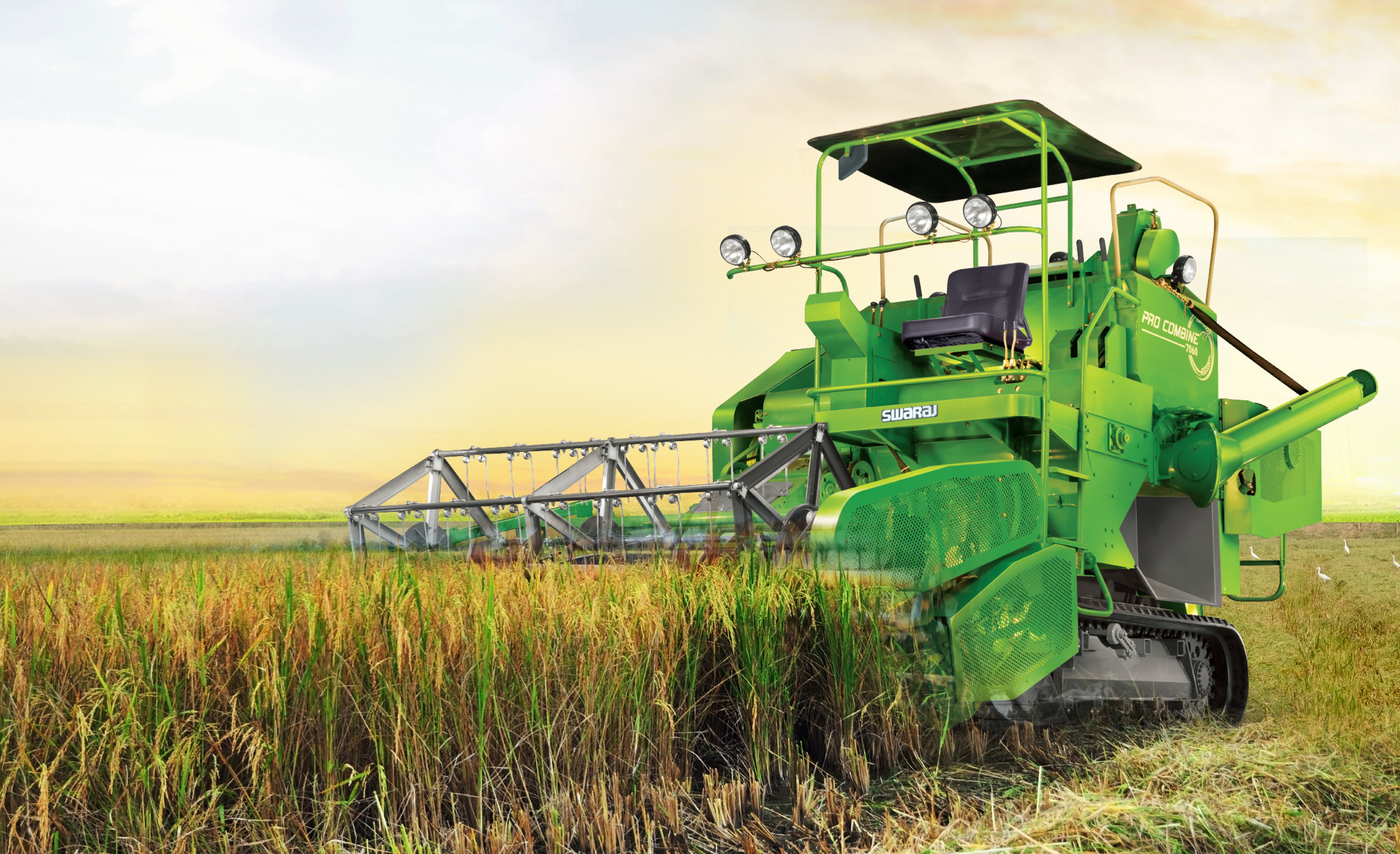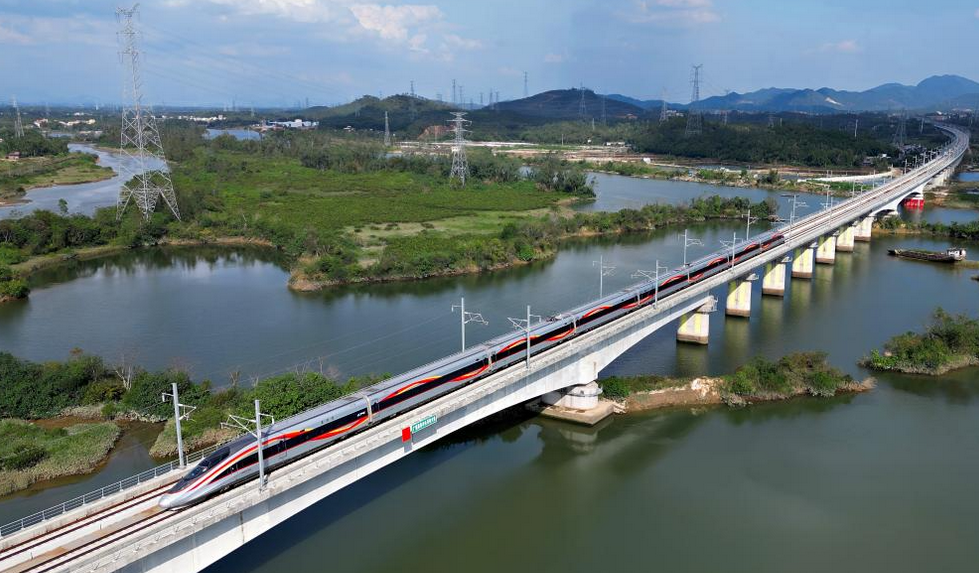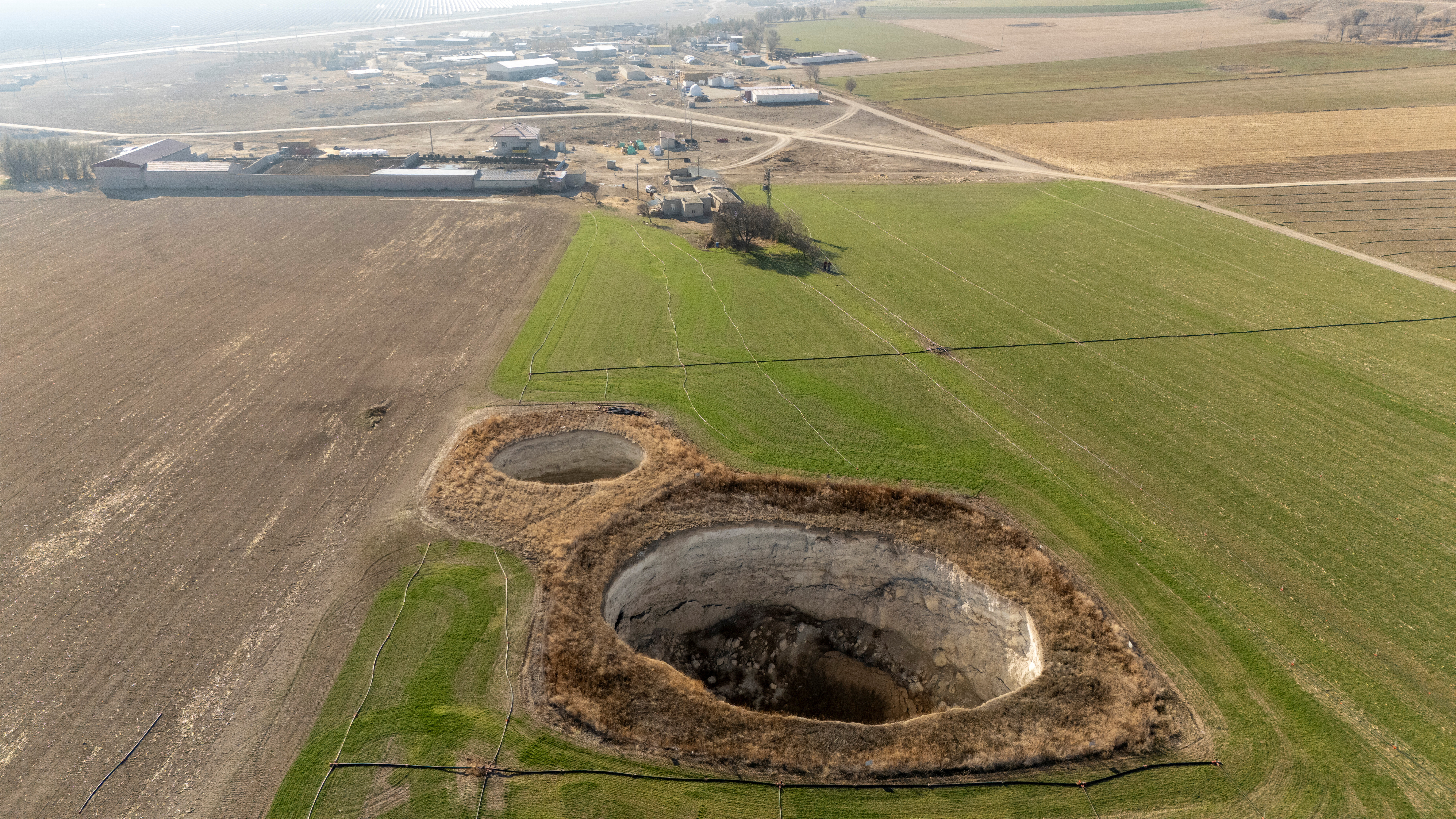The pastoralist communities who purchased livestock insurance to safeguard their herds told Addis Standard that despite making payments, they have not received compensation for losses, saying, “The insurance we bought has not paid us.” Zonal and Oromia officials, however, maintain that payouts were implemented.
Masresha Taye, a livestock insurance expert who was involved in the implementation of the insurance, explained that livestock insurance in Ethiopia was introduced by the International Livestock Institute as an “Index-Based Livestock Insurance Product,” launched with funding from USAID and the UK Department of International Development. The scheme aimed to protect up to 80% of pastoralists’ herds from drought-related loss and reduce dependency on aid. First piloted in Kenya in 2010, it expanded to Ethiopia’s Borana zone in 2012.
Since the launch of the livestock insurance scheme, Borana Zone has endured two major drought cycles. The first, in 2016, was a catastrophic event that killed millions of livestock and left pastoralist communities severely food-insecure. Triggered by the El Niño weather pattern, it followed years of erratic rainfall and rising temperatures, overwhelming the community’s traditional coping mechanisms.
The second drought, which struck between 2020 and 2023, was described as the worst in four decades. It caused widespread livestock deaths and affected more than 800,000 people across the zone.
Residents in Borana told Addis Standard they began purchasing the insurance in 2014 but have since faced repeated droughts without receiving compensation. “The government told us to buy livestock insurance; we followed and insured up to five cattle. But after two droughts killed our livestock, we were never paid,” said Dido Liban, a resident of Dubluq.
Guyo Haro, a resident of the Dubluq district in the Borana Zone, said they were told to purchase livestock insurance through the Oromia Cooperative Bank with the promise that “when drought comes, it will help you.” He added, however, that “even after waiting through two consecutive droughts expecting to be compensated, nothing was ever paid to us,” he told Addis Standard.
Dida Elema, a resident of the Yabello district in the Borana Zone, said that in the past severe droughts have repeatedly harmed Borana, causing many people to lose their livestock. To address this, he explained, a project called DRIVE was introduced through the Oromia Irrigation and Pastoral Bureau.
After being told about its purpose, the community welcomed it with hope, and, according to him, all his neighbors purchased the insurance. However, he told Addis Standard that despite being instructed at the time to bring their identification cards and deposit money in the Oromia Cooperative Bank, they have never received any payment.
“They convinced us that this insurance has benefits and told us to deposit money in the bank, and it should pay us. We must receive compensation for the livestock we lost due to drought,” Dida said.
Borana pastoralists accuse the scheme of failing to deliver; local officials acknowledge the shortcomings.
Bagaja Morge, head of the Borana Zone Irrigation and Pastoral Development Bureau, admitted communities raised genuine concerns but noted that as the scheme is not state-owned, his office lacks full oversight. “We pressed for solutions, but compensation has not been delivered as expected,” he said.
Masresha says the insurance was meant to operate commercially, either through direct indemnity or index-based payouts determined by satellite data on weather and grazing conditions. However, delays in rainfall monitoring, migration patterns, and even the disruption of NASA satellite data hindered payouts in recent years, fueling mistrust.
Roba Turche, head of the Oromia Irrigation and Pastoral Bureau, acknowledged the grievances but stressed payouts are only available to registered policyholders. He also said Borana is among the areas where payouts have previously been made, citing over 63.9 million birr in compensation delivered across drought-affected Oromia districts, though amounts varied depending on conditions.
Masresha argues that Ethiopia lacks institutions to regulate and manage livestock insurance effectively. The National Bank, though aware, lacks a clear policy framework. “Unless the scheme is rebuilt with proper regulation, oversight, and commitment, it risks collapsing,” he warned.
Pastoralists now say their hopes in livestock insurance have all but faded. “We bought it believing it had benefits, but after all this, we’ve lost trust,” said 64-year-old Liban Jatani, a Borana elder.
Meanwhile, IGAD is promoting a renewed livestock insurance program, which Oromia officials say could be linked with government plans, allowing insured pastoralists to access loans from the Development Bank of Ethiopia.
Source - Addis Standard


